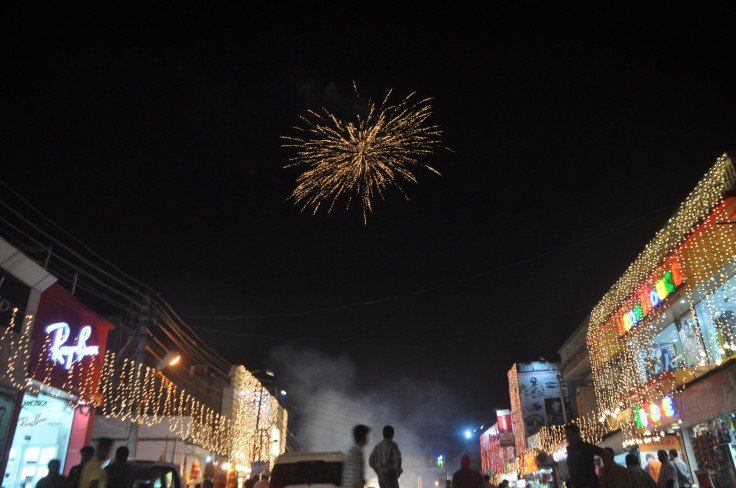Diwali 2016: Date, What Is The Indian Festival Of Lights And How Is It Celebrated?

This weekend will see Hindus, Sikhs, Buddhists and Jains around the world begin the five-day festival of lights known as Diwali, the biggest celebration in the Hindu calendar. Here’s everything you need to know.
What Is Diwali? Also known as Deepavali, Diwali means "row or series of light" and dates back to ancient times when it was an important harvest festival. However, it also has a number of legends attached. Perhaps the most significant is that of Lord Rama and his wife Sita. After serving 14 years in exile, Rama returned to the city of Ayodhya and vanquished the 10-headed demon king Ravana, who had kidnapped his wife. To celebrate, residents of the city lit rows of clay lamps, thus coming to signify the triumph of good over evil.
While primarily known as a Hindu festival, which also coincides with the Hindu New Year, it is also celebrated by Sikhs, Buddhists and Jains for different reasons. For Sikhs, it marks the release of Guru Hargobind from prison. Jains commemorate when the prince Mahavira, also known as Vardhamana, achieved moksha – freedom from the cycle of life and death. Newar Buddhists in Nepal, meanwhile, celebrate it to worship the goddess Lakshmi.
When Is It? This year the start of Diwali falls on Sunday and will last for five days. The date is calculated by the position of the moon and the Hindu lunar calendar, meaning its exact place on the Gregorian calendar changes each year.
How Is It Celebrated? As well as lighting oil lamps, known as diyas, and candles, there are large firework displays to mark the return of Rama. But each day of Diwali also has its own rituals. Also a big shopping day, the first day is when observers clean their homes.
On the second, people then decorate their homes with colorful floor patterns called rangoli.
The third day is the main day of the festival when the lamps are lit and prayers are offered to Lakshmi before a whole evening of feasts and festivities.
Day four is a significant day celebrating wives and husbands, while the final day celebrates the relationship between brothers and sisters.
© Copyright IBTimes 2025. All rights reserved.





















